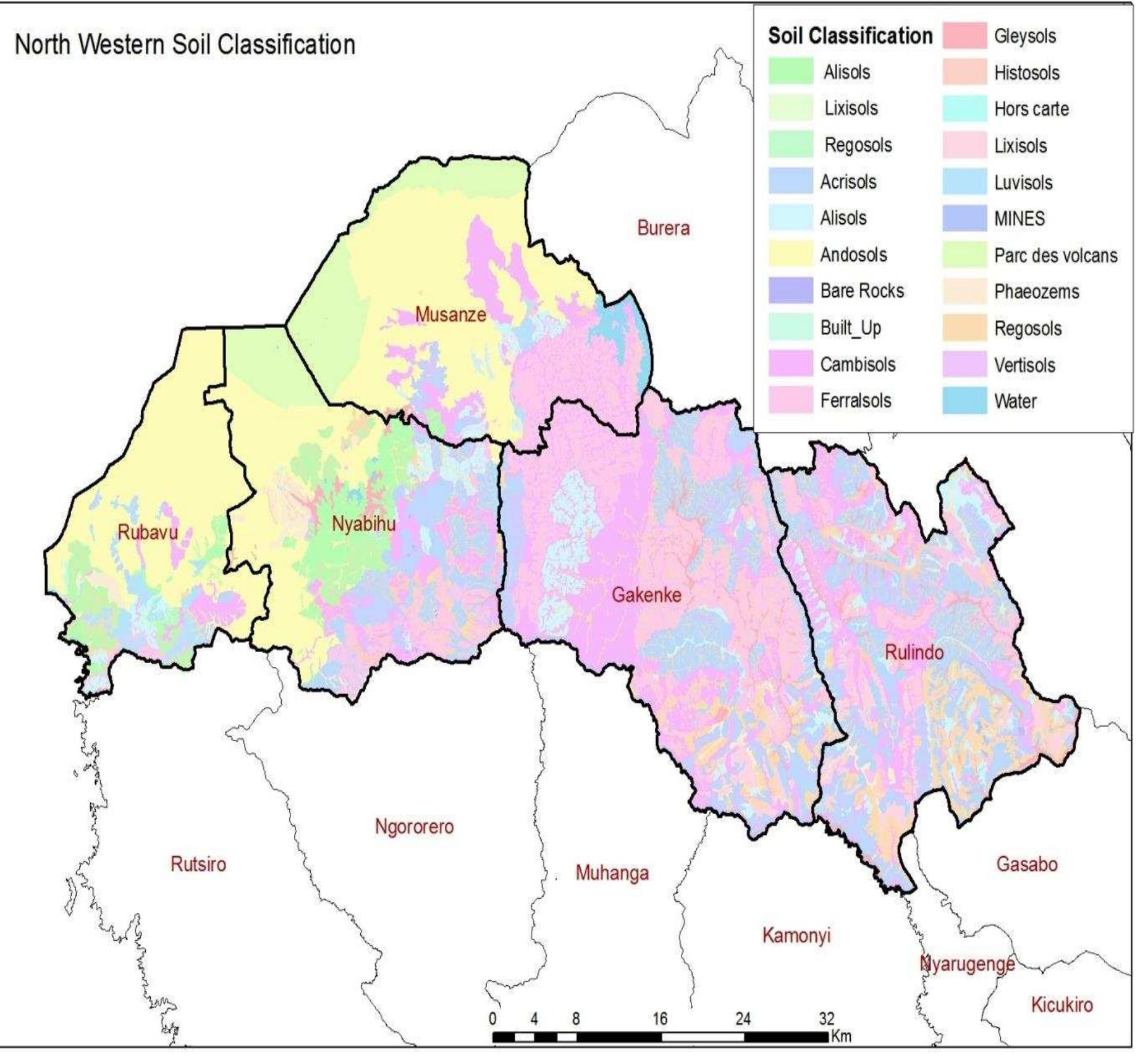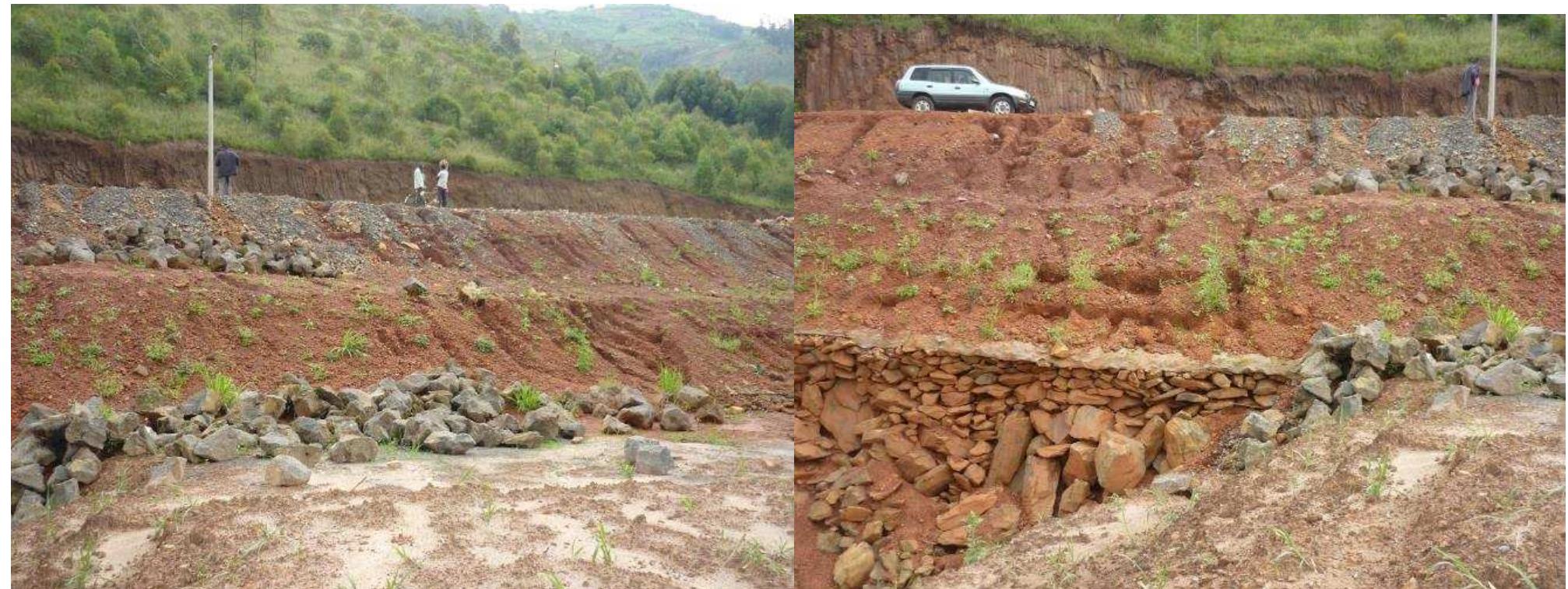The paper aims to reveal one integrated global map which points out the major geographical inequalities in providing basic utilities across the countries using multivariate analysis and thematic cartography. Sixteen indicators with global... more
The paper examines the biowaste management issues across rural areas of Romania in the context of poor waste management infrastructure in the last decade (2003-2012). Biowaste is the main fraction of municipal waste, thus a proper... more
The entry begins with a definition of geography and with a description of what the discipline shares with the other social sciences and what makes it distinctive among them. Terminological clarifications are provided with regard to the... more
Demonic geography is an approach to practicing human geography that operates from the premise that there are no such immaterial entities as 'souls', 'spirits', 'minds', integrated, stable 'selves', or conscious 'free will'. This paper... more
Barnes and Sheppard (2009) assume that an anti-monist and anti-reductionist economic geography is desirable and that this desirability is so obvious that no argument needs to be advanced in its support. This commentary challenges this... more
The paper examines the per capita waste generation rates from from rural areas of Neamț County (Romania) using thematic cartography. Geographical approach of this issue is difficult because the lack of a geostatistic database at... more
Landfills are the most common and easiest methods to dispose the municipal waste in Romania and still prevails in current waste management options. This type of critical infrastructure was designed to dispose urban waste generated over... more
Municipal waste management in the last two decades has become a global environmental priority in the context of increasing amounts of waste generated due to the development of a mass consumer society. Various issues of waste management ,... more
The paper examines tourism as potential source of waste generation in urban and rural areas from Neamț County. An assessment method is proposed and the final result is mapping the process at local scale. In order to analyze the tourism... more
Landfilling prevails in waste management options in Romania like others new EU members, being contrary to the concept of waste hierarchy promoted in recent years by EC. Waste disposal is done usually in non-compliant landfills and... more
Simandan D (2005) "New Ways in Geography" Timisoara, Editura Universitatii de Vest/ West University Press, 230 pp. The first part of the volume - "Old Ways" - addresses the question whether geography as we know it is worth keeping. The... more
Simandan D (2006) "Marginally Modern. Psychoanalysis and the deconstruction of inadequate communities" Arad, ‘Vasile Goldis’ University Press, 264 pp. The book aims to present a critical history of the process of modernisation in the... more
Sanitation services still not fully cover the urban population and this leads to different types of pollution and affects the urban landscape. This paper aims a geographical approach by highlighting territorial disparities in the... more
Low coverage of urban and rural population to waste collection services leads to various environmental threats caused by uncontrolled waste disposal. New EU regulations on waste management issues transposed into national laws have... more
The paper compares and contrasts the critical stance with the wise stance in human geography and offers three alternative models for conceptualizing the relationship between these two stances.
Lack of waste management facilities from mountain region often lead to uncontrolled disposal of waste on river banks polluting the local environment and damaging the tourism potential. Geographical conditions influences the distribution... more
The cities are facing illegal dumping of municipal solid waste (MSW) because the waste collection facilities do not cover the entire population. Furthermore, this sector is poorly developed in small towns or villages annexed to... more
Various critiques of transboundary natural resource governance in southern Africa have questioned the efficacy and social equity dimensions of prevailing strategies for protecting transnational ecosystems, highlighting the importance of... more
Open dumps was the main option of the local communities in household waste management, this practice being banned after July 16, 2009. The paper examines the correlation between dumpsites volumes, population density and local geographical... more
This paper proposes a performance assessment method (PAM) at urban scale, based on five specific waste indicators such as: population access to waste collection services (%), separate collection (%), reuse & recycle (%), landfilling (%)... more
Unicorns stalk Silicon Valley (promising huge returns to investors), big pharma ramps up drug prices on the back of knowledge monopolies (buying back their shares with the profits), multinational corporations hide ‘their’ intellectual... more
Rural areas of the new EU Member States face serious problems in compliance of EU regulation on waste management. Firstly, the share of rural population is higher and it has lower living standards and secondly, the waste collection... more
Inadequate waste management leads to many environmental issues and the adoption of an efficient and sustainable waste management has become a priority objective of the EU. However, besides the demographic factors, the various... more
Rural areas of the new EU Member States face serious problems in compliance of EU regulation on waste management. Firstly, the share of rural population is higher and it has lower living standards and secondly, the waste collection... more
Landfilling is the main method for municipal waste disposal in Romania. Access to sanitation services are limited on rural territory and that leads to uncontrolled waste disposal with negative implications on the geosystem. Implementation... more
About fifty people lost their lives in the recent disasters that occurred on May 8, 2016 and which affected mainly districts of Northern province, particularly Gakenke district. Similar disasters take place yearly and they are likely to... more
Landfilling is the main method for municipal waste disposal in Romania. Access to sanitation services are limited on rural territory and that leads to uncontrolled waste disposal with negative implications on the geosystem. Implementation... more
Landfills are the most common and easiest methods to dispose the municipal waste in Romania and still prevails in current waste management options. This type of critical infrastructure was designed to dispose urban waste generated over... more
Sanitation services still not fully cover the urban population and this leads to different types of pollution and affects the urban landscape. This paper aims a geographical approach by highlighting territorial disparities in the Romanian... more
The descriptions of the Saraswati River in the Rig Veda match with the Luni that flows from Pushkar to the Rann of Kutch. However, descriptions of the Saraswati in the Mahabharata match with the Sarsuti-Ghaggar River that flows from the... more
The paper examines tourism as potential source of waste generation in urban and rural areas from Neamț County. An assessment method is proposed and the final result is mapping the process at local scale. In order to analyze the tourism... more
Various natura! and humarı factors are effective on development of human activities and on establishment of settlement units. Among these factors natura! environment conditions such as; geomorphologic, hydrologic, climatic, and soil are... more












































